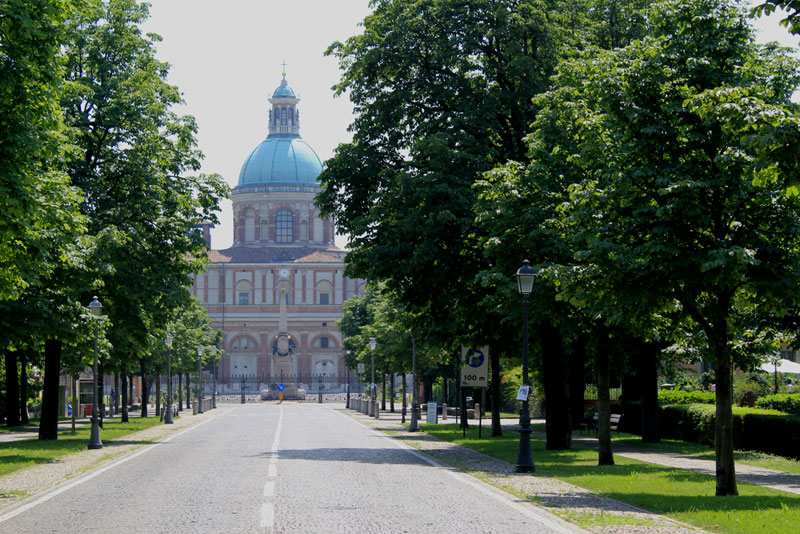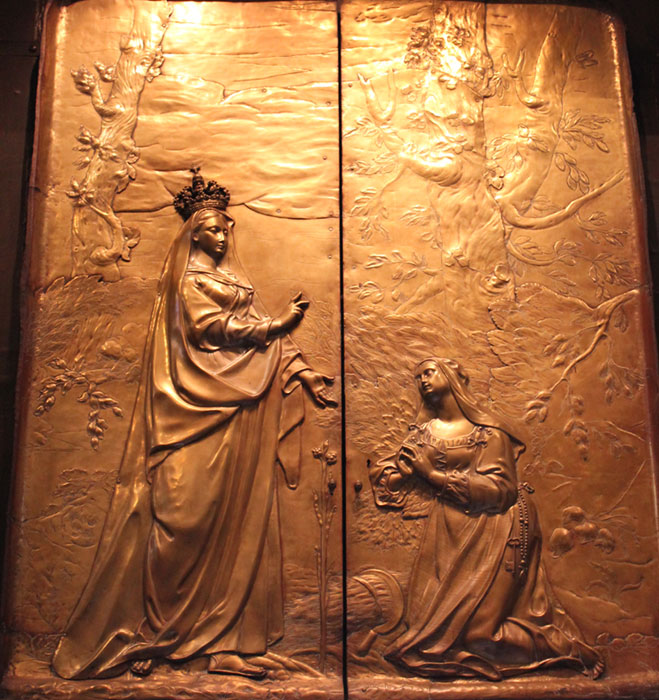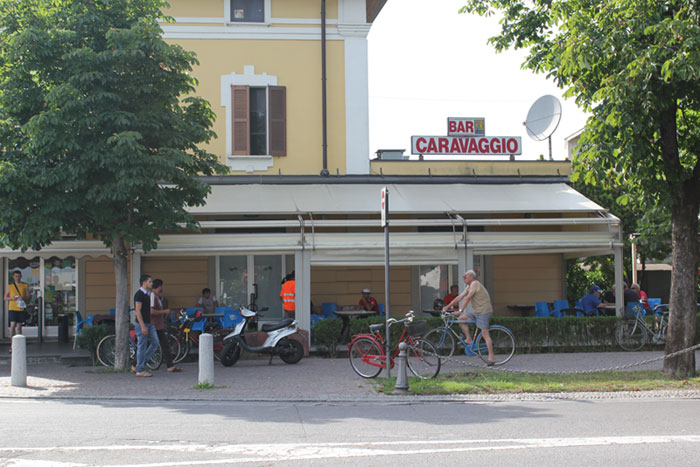Tranquillo Caravaggio, the Town
Cornelius Sullivan
Caravaggio, Lombardy.
The fact that one of history’s great Catholic painters came from a town where The Blessed Virgin Mary appeared is lost on many. In his lifetime he was renowned in Rome. Then the world dismissed him for a few centuries even though he had painter followers all over Europe. Art Historian Roberto Longhi introduced him to the modern world with an exhibition in Milan in 1951. Rejected by styles and movements, demonized for so long as an artist who ruined painting, his connection with us is real and intense.
Michelangelo Merisi da Caravaggio was named after his hometown. Romans are good with nicknames. The painter Perugino, the guy from Perugia, Pietro Vannucci was Raphael’s teacher. Caravaggio was born on the feast of Saint Michael the Archangel, September 29th, in 1571. Caravaggio, the town is tranquil, the artist’s life was not. Caravaggio is 37 KL East of Milan.
Writers and researchers who make the trek to the town miss the small baroque basilica. The exception is his great biographer Helen Langdon. She writes, “There is one architectural marvel in the town, the shrine to the Madonna of Caravaggio. It dates from the sixteenth century. Beyond the town gates of Caravaggio, preceded by a magnificent avenue of lime trees, this sanctuary is a grandiose building, and its splendid dome may be seen for many miles around across the Lombard plains. Bartolomeo Merisio, Caravaggio’s uncle worked as site architect.”
Saint Charles Borromeo, Archbishop of Milan, commissioned the church to mark the appearance of the Madonna to a peasant girl in 1432. The work began in 1575 during Caravaggio’s childhood. Langdon says it created “a constant sense of the intensity of Counter-Reformation spirituality, with its belief in miracles, and in comfort of the Virgin’s mediation on behalf of mankind. The church is still a center of pilgrimage, an oddly rural sight with its surrounding fields and poplars, among the supermarkets and garages that spread from Milan.”

Sanctuary of Madonna della Caravaggio, also called Madonna della Fontane for the spring that appeared under her feet. One of the greatest painters of religious subjects ever came from this town. Cardinal Borromeo was instrumental in reviving the Council of Trent and keeping it going until 1563. At its end, it reaffirmed the importance of art for the mission of the Church. Caravaggio took these concepts with him to Rome and that enabled him to become the great painter of that reviving tradition. The boy from a town that was transformed by a miraculous apparition of the Madonna became as American writer Francine Prose, calls him in her biography, a “Painter of Miracles”. Often we may think of him as a painter of workers and ordinary looking saints and sinners but his portraits of the Virgin are numerous, and memorable and moving, especially from his later life.
It is an area with prosperous farms. I saw a number of citizens that might be in a Caravaggio painting, older working men and the young men. In the evening there were a few young women that looked similar to the Roman beauties that posed for him.
This is a typical agricultural town with the most normal people. The ride from Milan is convenient and you get a sense of transitioning quickly to the country. It has charm and it is a good place to walk. The sanctuary had thirty or forty people and a group of ten nuns in the afternoon and pilgrims in twos and fours passed through the area underneath with the spring. The walk to the shrine from the old city is pleasant and shaded even in the afternoon. The only danger in Caravaggio is from silent bicycles on the sidewalk. It is a peaceful town.
The town has no plaques for Caravaggio. However, there is a spring that gushes from under the rock that the feet of the Virgin stood on. Under the basilica it still springs. Pilgrims wash their parts that need healing and fill bottles and pray for others. The water is very cold, by next week they will know if it worked.

Apparition of the Virgin at Caravaggio, bronze, above the back door of the church.
This is a link to the website of the Shrine of The Madonna of Caravaggio: http://xoomer.virgilio.it/sito_della_pace/madonna_caravaggio.htm
